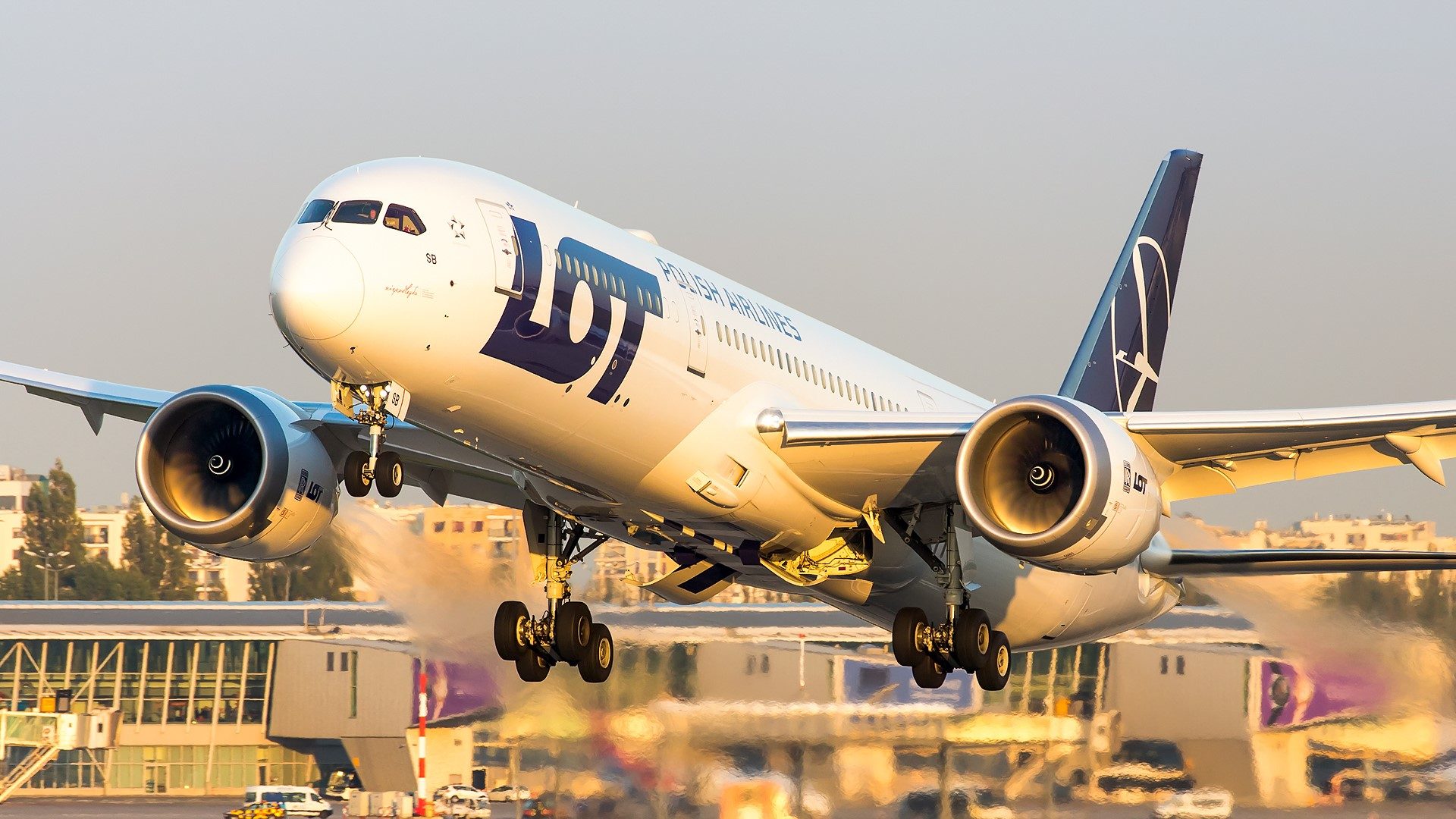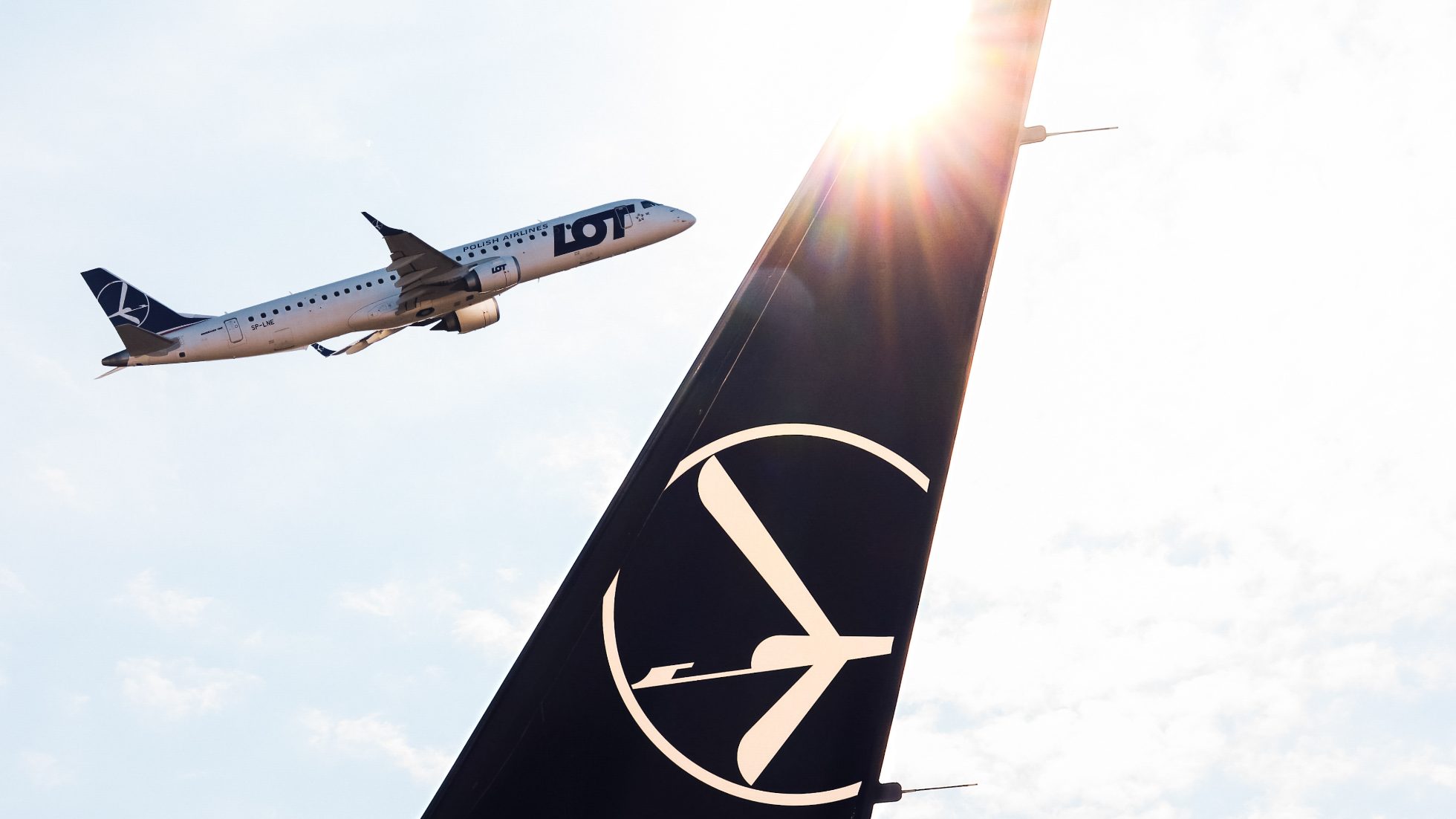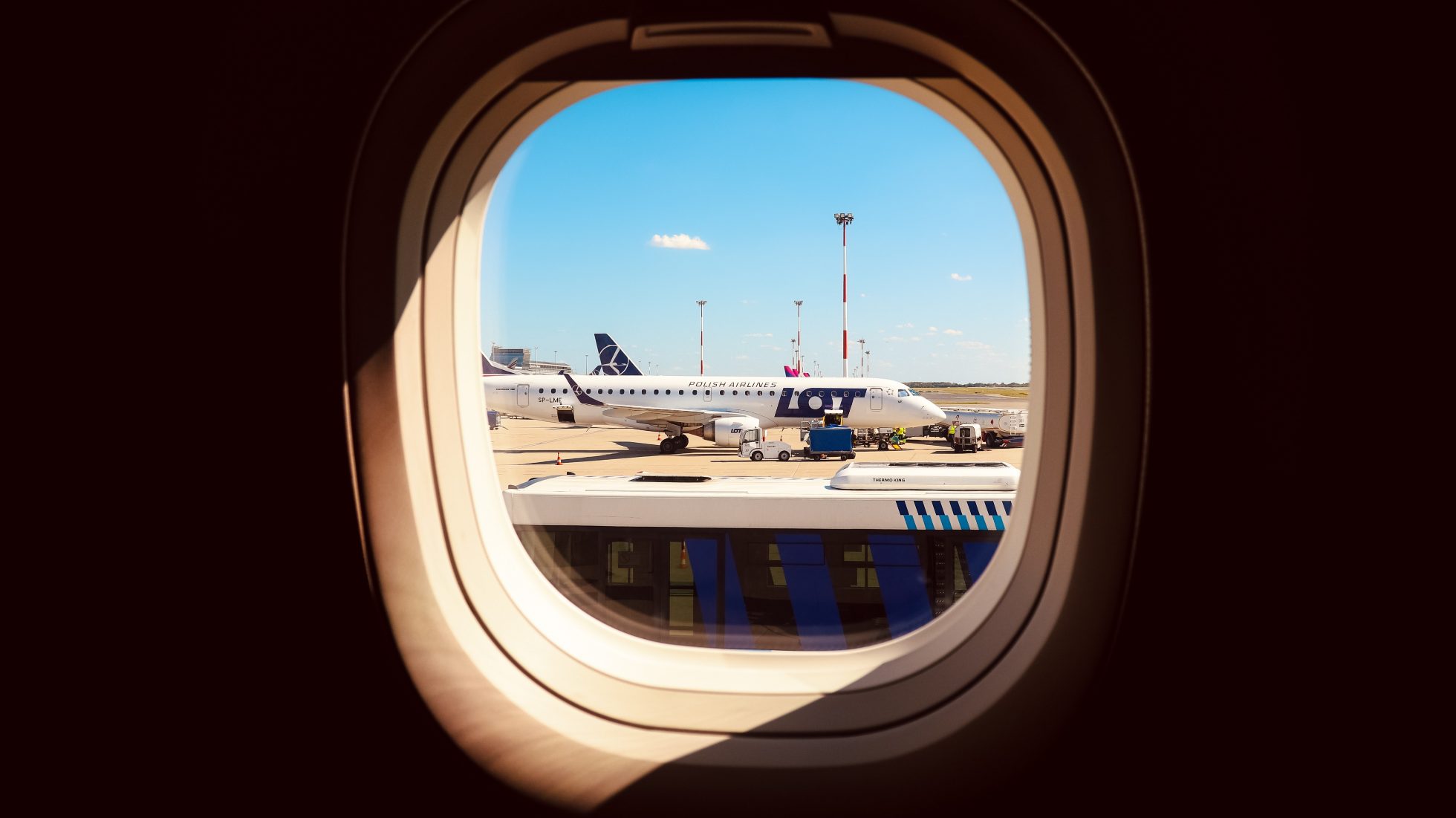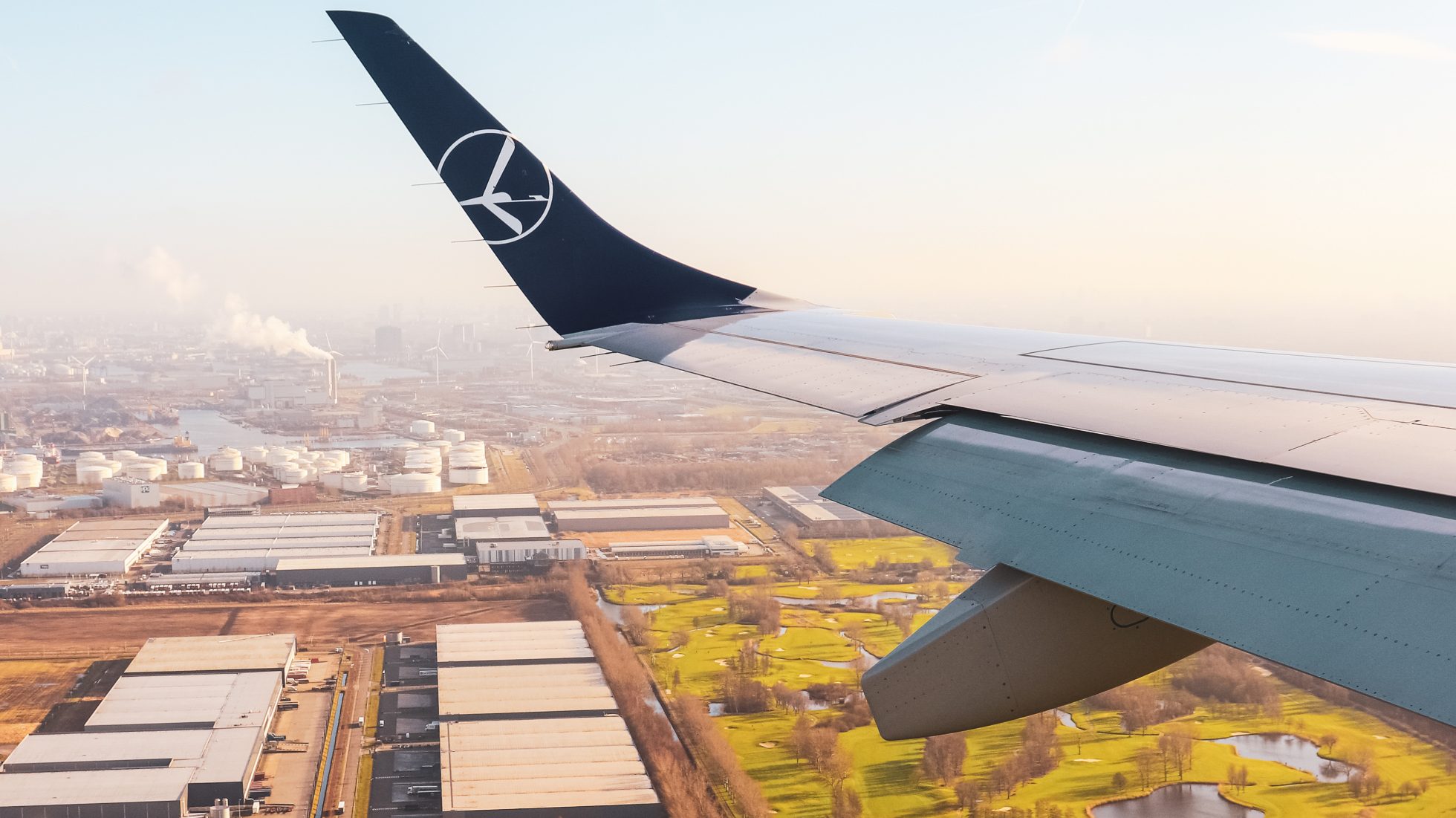What affects departure punctuality and arrival timeliness?
🕗 3 minutes | October 17, 2024 | Text Kamil Wrzosek

Punctuality is one of the key factors influencing passenger satisfaction and travel efficiency. While airlines make every effort to ensure on-time departures and arrivals, numerous factors beyond their control—such as weather conditions, air traffic congestion, and pre-flight procedures—can impact flight operations. In this article, we explore the reasons why, despite the best efforts of airlines and airports, flight schedules don’t always go as planned.
✅ In this article, you’ll learn:
- What affects flight punctuality?
- How do weather conditions impact on-time performance?
- Why can a departure or arrival be delayed?
Weather conditions can impact flight punctuality
Severe weather
At the top of our list are adverse weather conditions. Thunderstorms, fog, and heavy snowfall can prevent safe takeoffs and landings. In such cases, pilots must wait for conditions to improve, ensuring that flights operate under the safest circumstances.
Thunderstorm clouds – Cumulonimbus
Before every flight, pilots receive detailed weather reports, including information about the potential formation of Cumulonimbus clouds, which are known for severe turbulence and lightning activity.
If a storm is present at the departure or destination airport, the flight may be delayed. If these storm clouds appear along the flight path, the cockpit crew may need to adjust the route, which can extend flight time and impact arrival punctuality.

Fog
During fall and winter, foggy mornings and evenings are common. While modern aircraft are equipped with advanced landing systems, dense fog can sometimes cause delays. In extreme cases, when visibility is too low, a flight may need to hold in a holding pattern before receiving clearance to land. In rare situations, the aircraft may be diverted to an alternate airport.
Snowstorms
In winter, heavy snowfall can also disrupt flight schedules. If snow accumulation prevents safe ground operations, flights may be delayed until airport crews clear the runways and ensure safe conditions for takeoff and landing.

Wind conditions
Two major types of wind can affect flight punctuality:
- Headwind – Blows against the direction of travel, reducing ground speed and increasing flight time, potentially leading to delayed arrivals.
- Crosswind – Affects the aircraft during takeoff and landing, sometimes requiring pilots to wait for safer conditions or divert to an alternate airport.
Why isn’t my flight on time?
Waiting for connecting passengers
If passengers miss their connecting flight due to a delay on a previous leg, airlines may hold the departure for a short time to allow them to board. This can affect the punctuality of your flight.
Loss of an assigned time slot (slot restrictions)
A slot is a specific time window assigned for takeoff, landing, or flying through a controlled airspace. Slots can be lost due to:
- Extended boarding processes
- Delayed baggage loading
- Waiting for final passengers ("Final Call")
If a slot is missed, the crew must wait for a new assigned slot, potentially causing further delays.

Air traffic congestion
At major international airports such as JFK, CDG, LHR, AMS, and FRA, the high volume of flights requires precise scheduling to ensure adequate spacing between aircraft. Pilots often have to enter a holding pattern before receiving clearance to land.
Similarly, some airspaces experience congestion comparable to highways during rush hour. If a flight route passes through restricted or congested areas, the departure may be delayed for safety reasons.
Extended ground operations
Delays can also result from ground handling issues, such as:
- Aircraft refueling
- Baggage loading and unloading
- Last-minute maintenance checks
While airlines aim for efficient turnaround times, unforeseen delays in these processes can impact departure schedules.
Additional procedures affecting punctuality
De-icing the aircraft: During cold weather, frost, and ice accumulate on the aircraft's surface, which can affect its aerodynamics and safety. Before takeoff, a de-icing procedure is required. Depending on airport traffic, aircraft may have to wait in line for de-icing, leading to departure delays.

Conclusion
Flight punctuality is a crucial factor for travellers, especially those flying for business or with tight connections. Understanding the factors that affect on-time performance can help passengers better prepare for potential delays and reduce travel-related stress.
While many factors are beyond passengers’ control, you can improve your chances of an on-time trip by:
- Checking the weather forecast before departure
- Choosing less congested airports for connections
- Flying with airlines known for punctuality
At the end of the day, planning ahead and staying flexible is the best way to handle unexpected delays and travel disruptions. Safe travels! ✈️